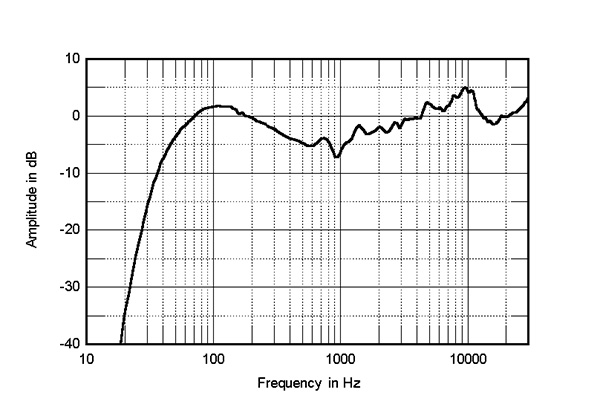From my experience with B&Ws at 30°, the brightness problem mostly disappears, when set up that way.Yes, the yellow line, and surely intentional as well. Not super bright though, perhaps +2-3 dB v 1k Hz and 40-90 Hz. I'd also point out a lot of B&W 801 buyers are over 40, perhaps over 50, and their hearing is compromised in HF, so a bit of extra clarity and width in the soundstage might be welcome.
The real problem are the dips. A lot of texture and nuance disappears from the sound, because of those dips.
And you can‘t EQ that back in, because of the erratic directivity.
Last edited:

